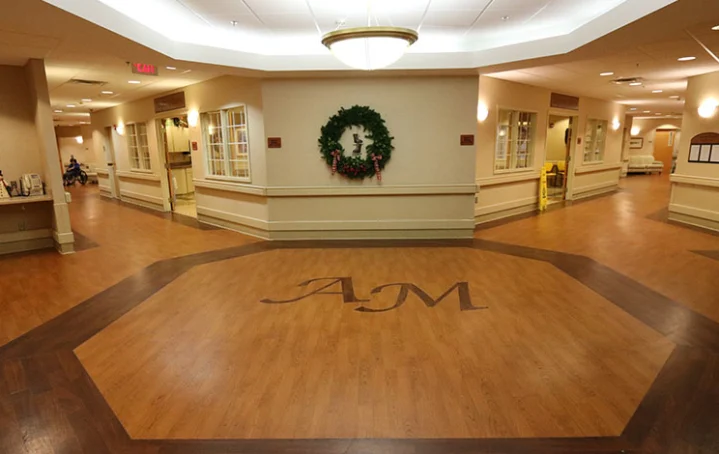
Nursing Home Gallery

Amenities for Aaron Manor Rehabilitation and Nursing Center
activities
cultural devotional services
Other Religious Services
educational classes
Cooking Classes
entertainment
Live Musical Performances
games clubs
Gardening Club
community amenities
languages spoken
English
recreational areas
Arts and Crafts Center
dining
dining services
Meals Provided
healthcare services
high acuity care
IV Care
Wound Care
Cardiac Management Program
Stroke Recovery
Pulmonary Care
other
6 to 8 hours a day
staffing ancillary services
Hospice Available On-Site
Nutritionist / Dietician
Dental Care
Registered Nurses
Occupational Therapy
Physical Therapy
Podiatry Care
Speech Therapy
Rehabilitation Therapy
Music Therapy
Psychiatric Services
Recreational Therapy
Social Worker
room amenities
Your review of Nursing home name
Important info!
If you are either a resident, or family/friend of a resident, please share your insights and experiences in as much detail as
possible to help others learn more about this facility.
Please note we cannot accept your review if you work at this facility, or if you have a professional connection to this facility
(e.g. a visiting doctor or hairstylist).
Please note we cannot accept your review if you have only toured this facility, you must be connected to a resident to leave
a review.
Please note this is not a formal complaints procedure, and nursinghomes.com does not license, oversee or regulate nursing
homes. For complaints about Facilities, we encourage you to contact the Facility directly.

